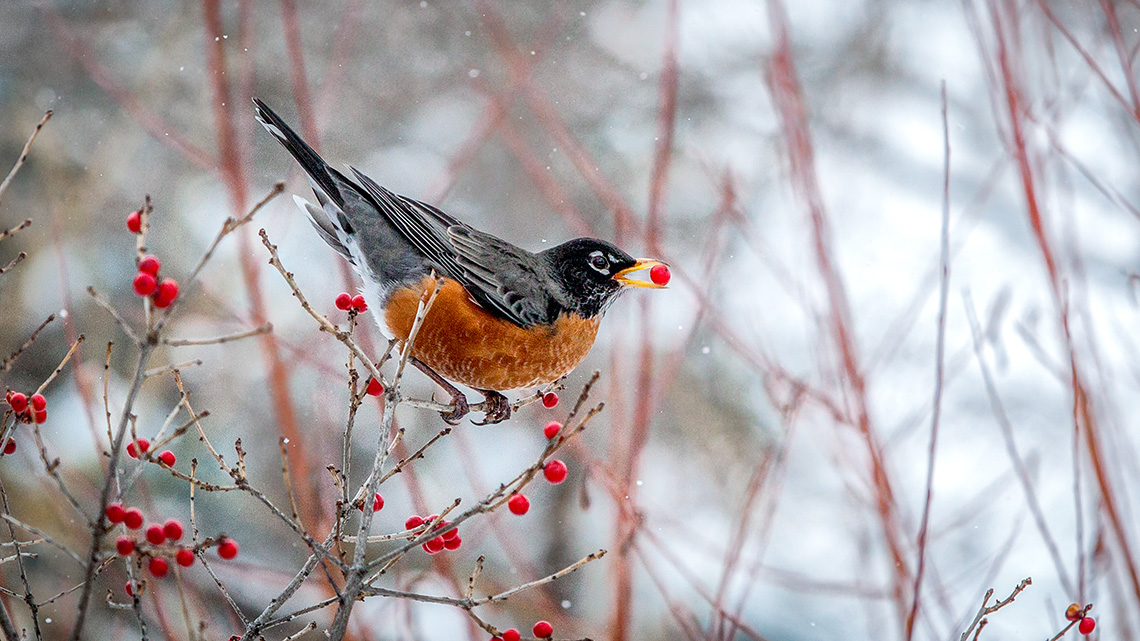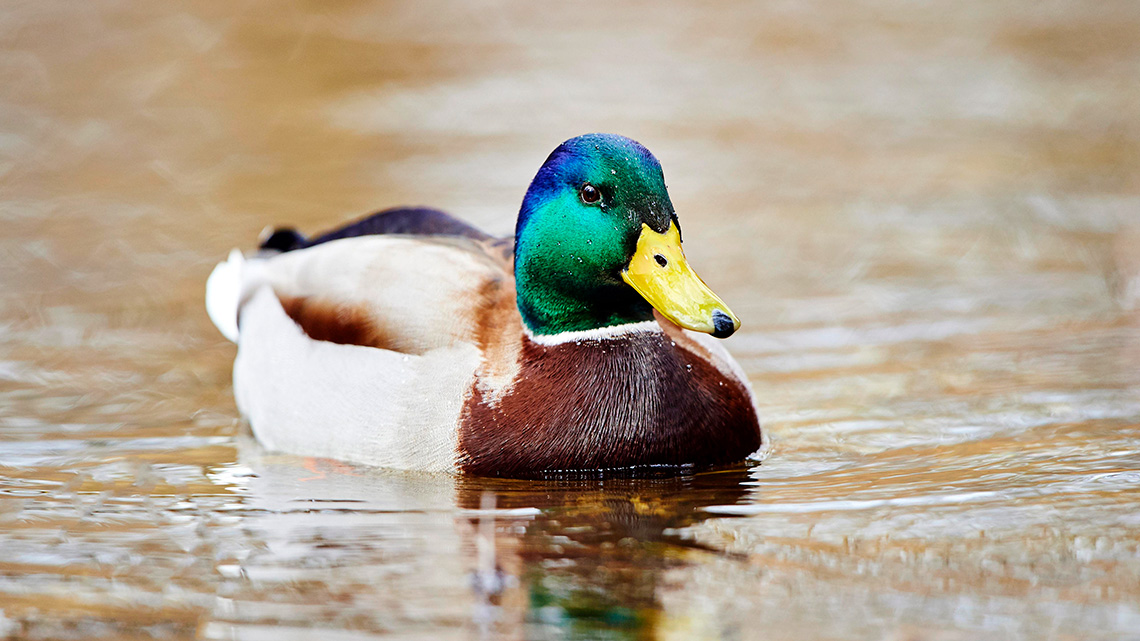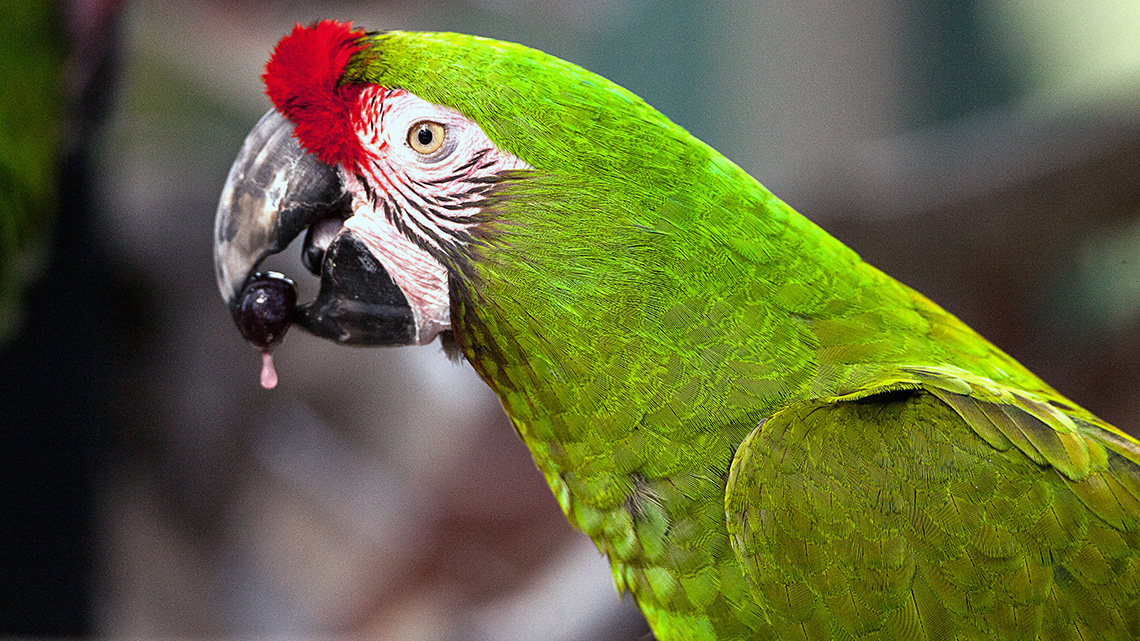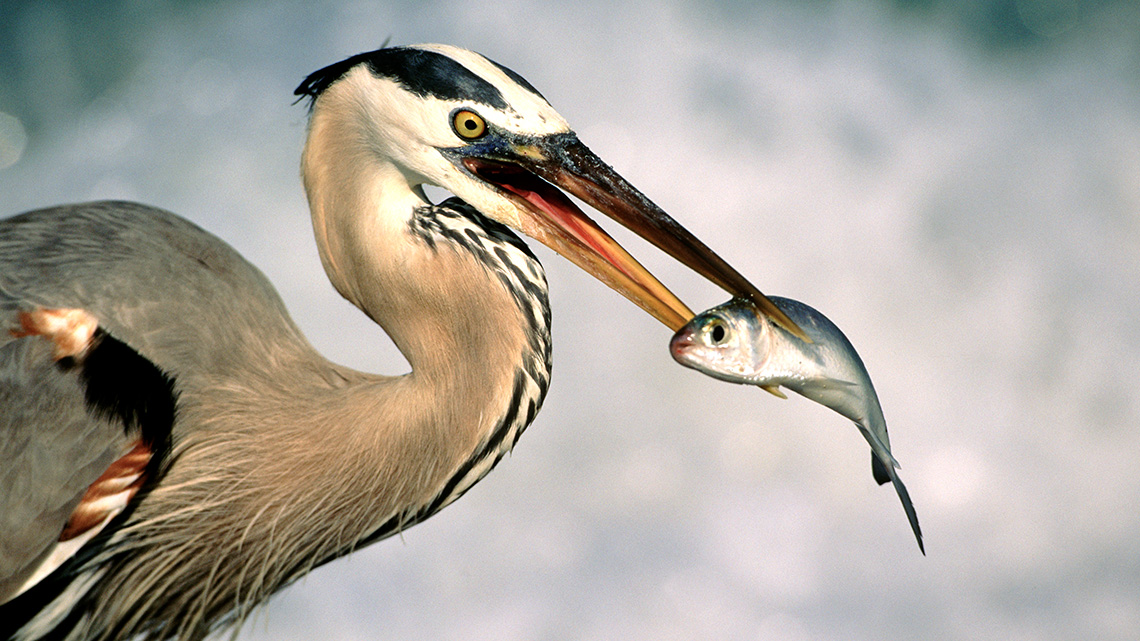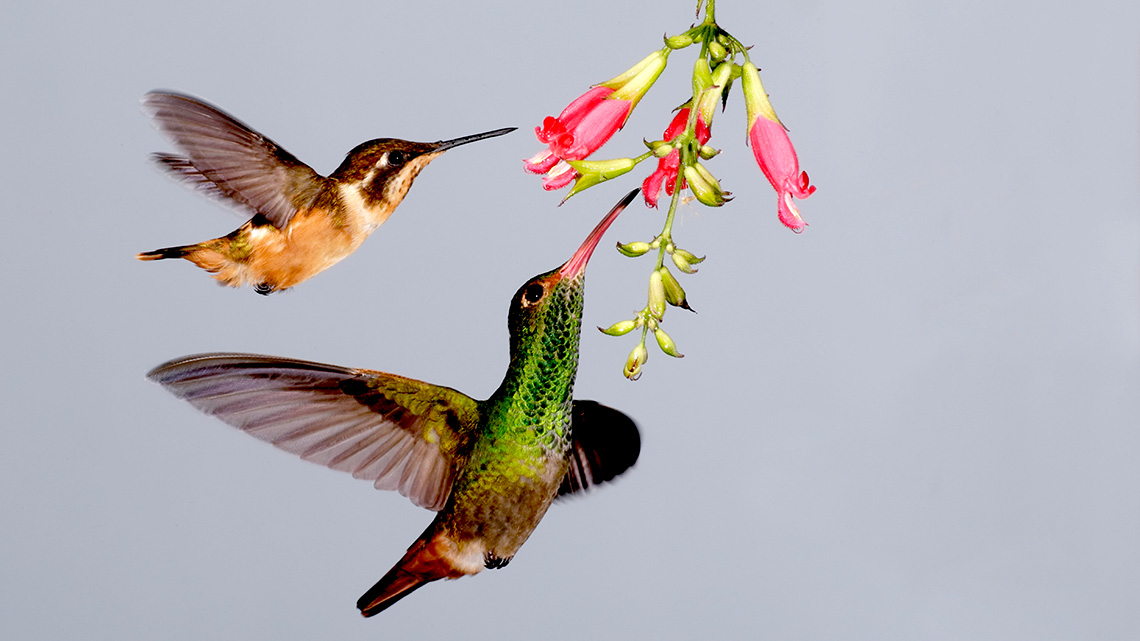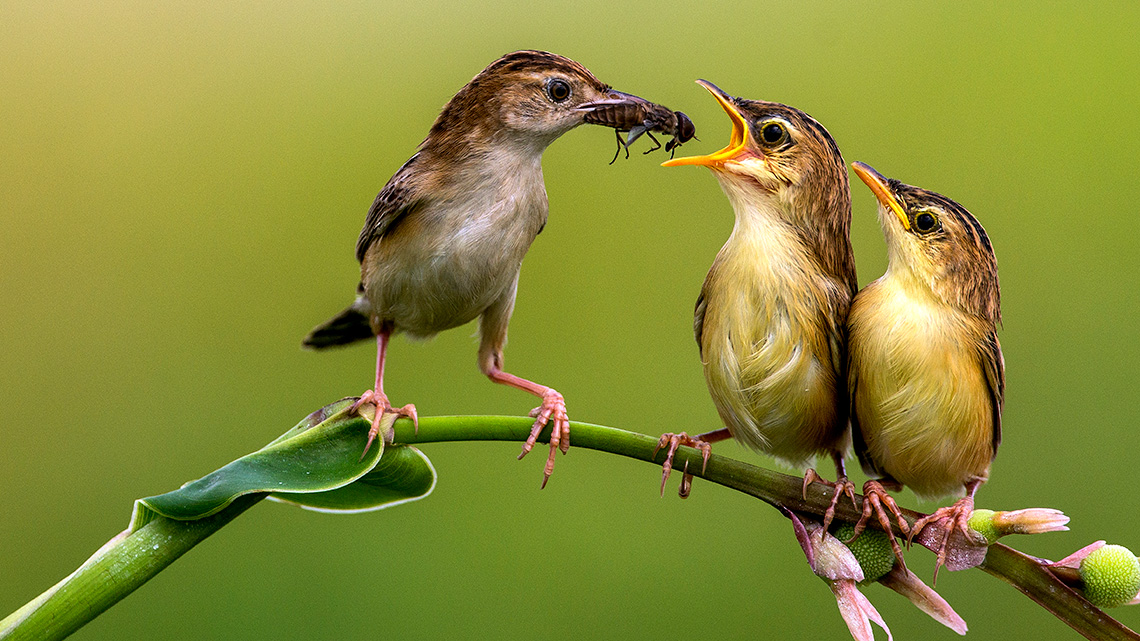Minds On
Comparing adaptations
Explore the following images while you consider this question: Why do polar bears have white fur instead of dark brown fur like their cousins the grizzly bears?
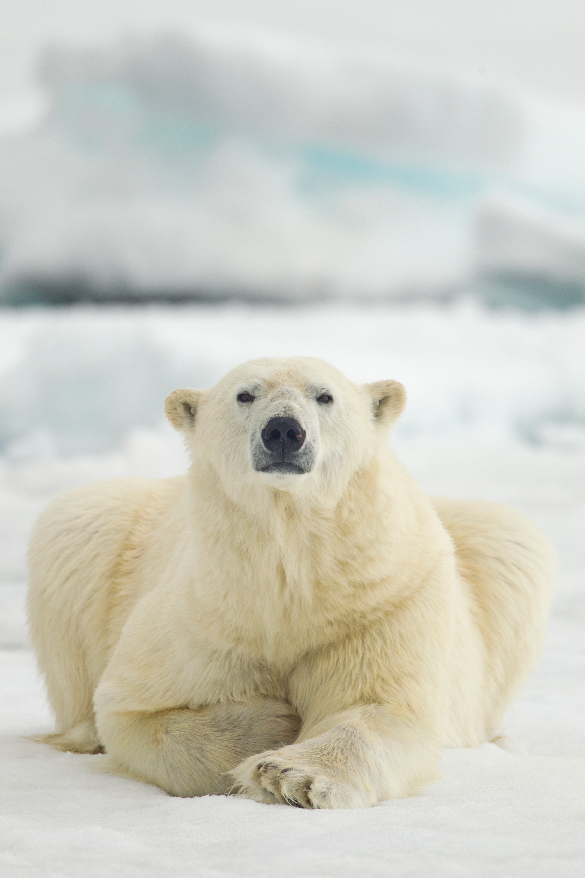
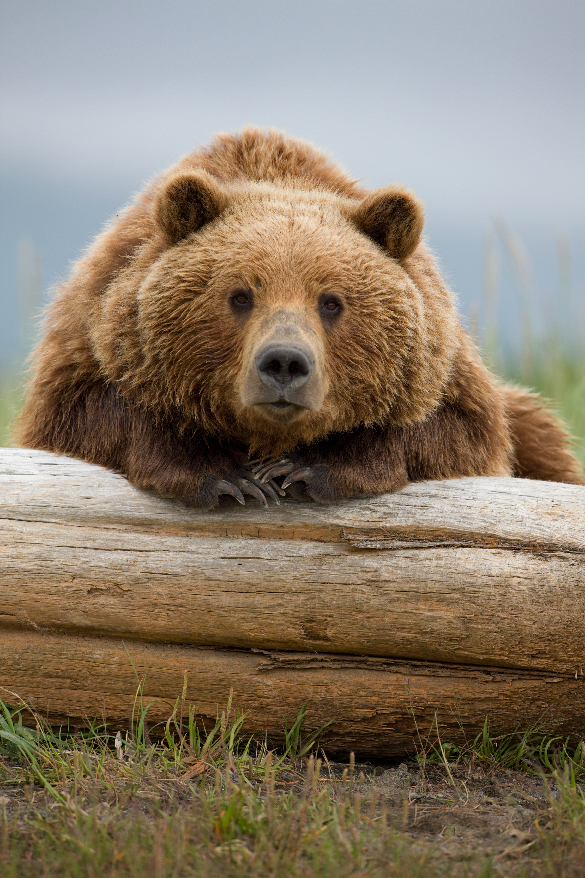
Press ‘Hint’ to access the answer.
A bear’s fur colour has to do with their ability to hunt in their surroundings!
Polar bears have white fur to blend in with the light surroundings of their snowy arctic habitat, and grizzly bears are typically shades of dark brown so they won’t be as easily spotted among the tree trunks and tones of the vegetation in their forested habitats!
Now explore the following images while you consider this question: Why does the cactus plant have long, sharp spikes when other plants have smooth leaves?

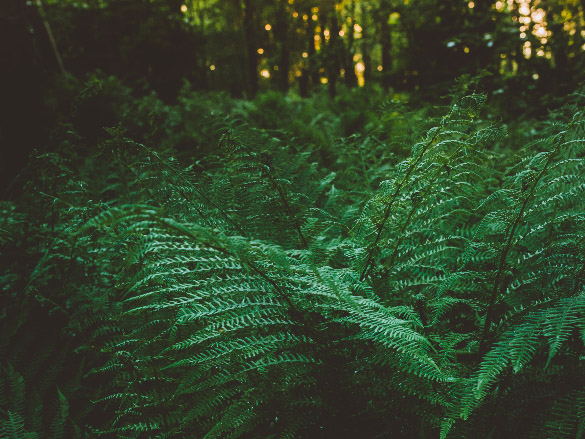
Press ‘Hint’ to access the answer.
It has to do with how plants access the water they need to survive!
In a dry climate, plants like cacti have less access to water, so their thorny spikes can retain water by holding onto more of it. A flatter leaf, like the ones on plants in wetter habitats, experiences more water loss but have more regular access to water.
Adaptations for survival
Scientists study how different organisms (i.e. plants, animals, and even humans) thrive in a variety of habitats, which is why we have answers to the two previous questions!
Match the following pictures to the descriptions to find out how plants and animals adapt to their habitats.
For each description select the corresponding picture.
Action
Developing adaptations
In each of the examples from the previous matching activity an organism had to develop a specific change in order to ensure its survival within a very specific setting or habitat.
Animals and plants have developed special skills or adaptations that help them survive in their habitats.
An adaptation is any change in the structure or function of an organism that enables it to survive and reproduce successfully in its environment.
A lot of the time, these adaptations are physical or “structural” – which is when an organism (plant, animal, or human) transforms its physical structure so it may thrive and survive in its specific habitat. More specifically, a structural adaptation is a change in the structure of an organism such as shape, skin and color that enables it to survive and reproduce successfully in its environment.
Let’s revisit structural adaptations in two of the first examples explored in the Minds On: the polar bear and the cactus.
Press the following tabs to access descriptions of structural adaptations in polar bears and cacti.
The polar bear lives in an arctic habitat where snow covers most of the earth’s surface, which would make any dark object very easy to spot. Because polar bears are carnivores and hunters, they need to be able to hunt prey without being spotted, so their white fur is a structural change that allows this species to blend in with their surroundings in their habitat.
The cactus plant grows in desert habitats, where there is a severe lack of access to water. Water is one of the basic needs of many plants, so the spikes on a cactus actually help retain the small amount of rainwater that the desert habitat does experience much better than a flat leaf would. This structural adaptation not only helps the cactus hold water better, but it acts as a defense against other animals in the habitat that might want to eat it.
Global connection
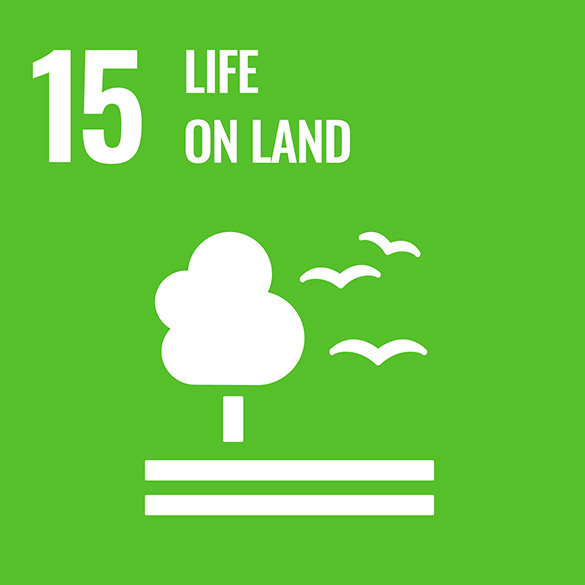
The United Nations (UN) is a group of many countries from around the world that have come together to create a better future for people and the environment. They have created 17 goals called the Sustainable Development Goals.
This learning activity is connected to Goal #15: Life on Land. This means everyone should help protect earth’s ecosystem. An ecosystem is an area where plants and animals interact with non-living things like soil or water.
Investigating adaptations
We have explored mammals and plants that have had to develop certain fascinating structural adaptations as a direct result of the surroundings in their habitat. For example, a snowy habitat like the arctic creates a bright visual effect that makes it necessary for polar bears to have white fur just in order to hunt effectively!
Because habitats determine the unique needs of different species, different species of birds in a variety of habitats have different shaped beaks!
Explore the following carousel of birds and their adaptations. As you explore, investigate the different shapes of beaks birds have as well as the habitats they live in and what they eat.
Choose one of the birds explored in the previous carousel then answer the following questions:
- How was the shape of the beak appropriate for the bird’s diet?
- How might you describe this beak as an example of a structural adaptation that allows this bird to thrive and survive in habitat?
Record your answers using a method of your choice.
Bird beak design experiment
So far, you have explored structural adaptations, and more specifically, how the design of a bird’s beak is unique to meet its needs within its habitat.
It is now your turn to follow an experiment to see exactly how beaks – in particular, a poking or “probing”-style beak – help a bird access its basic needs like food. This next step will involve certain parts of the scientific experimentation process, specifically the Predict, Experiment, and Think steps.
Scientific experimentation process
Check out this video to learn about the steps of the Scientific Experimentation Process.
Hands-on Science
Bird beak design
Press the following tabs to access the materials needed and experimental procedure for the “Bird Beak Design” experiment. If you do not have access to materials, access the “Video demonstration” tab to explore the experiment in action. You can use the video to make your observations and draw your conclusions.
Materials needed for bird beaks:
- eyedropper or drinking straw
- pliers
- tweezers
- small strainer or fish net
- spoon
Materials needed for bird food:
- rubber bands (worms) in a container of soil
- straws (plants) cut into 5cm long lengths in a bowl of water
- dried beans (bugs) or small stones
- bowl of water (nectar)
- some sort of seed or small nut with a shell like a sunflower seed or peanut
Repeat the following steps with 5 different types of bird beak: probing beaks, conical beaks, tweezer beaks, filter feeders, and spatulate beaks.
- Step one: Try and pick out the pieces of rubber bands (which will act as worms) from the soil.
- Step two: Try and pick up the pieces of plastic straw from a bowl of water.
- Step three: Try to pick up the dried beans.
- Step four: Try to crack a sunflower seed open.
- Step five: Try to gather water.
Check out this video to explore a demonstration of the “Bird Beak Design” experiment. Please note that materials and procedure in the video may vary slightly from what is listed in the previous tabs.
Complete the Lab Sheet: Bird Beak Design in your notebook or using the following fillable and printable document. If you would like, you can use speech-to-text or audio recording tools to record your thoughts.
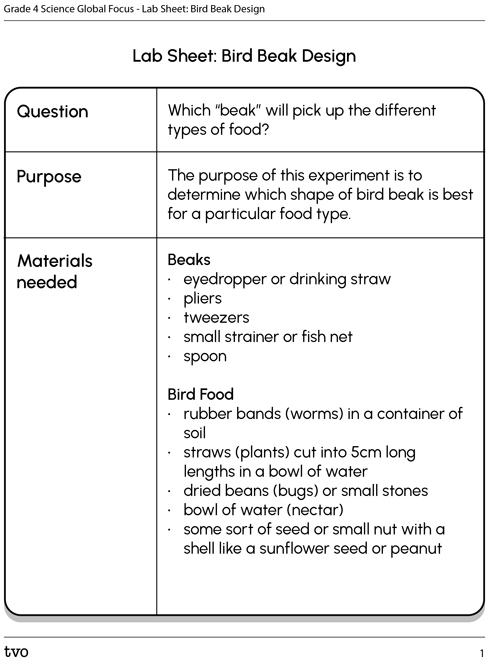
Press the Activity button to access the Lab Sheet: Bird Beak Design.
Activity (Open PDF in a new tab)Consolidation
Reflecting on structural adaptations
Pause and Reflect
Bird beak design reflection
Create a summary of your experiment findings using a method of your choice.
Record a paragraph that answers the following questions:
- How did the experiment help you understand how birds adapt to their habitats?
- How do the adaptations allow the birds to survive in their habitats?
- During the experiment, what part was most difficult and how did you overcome those challenges?
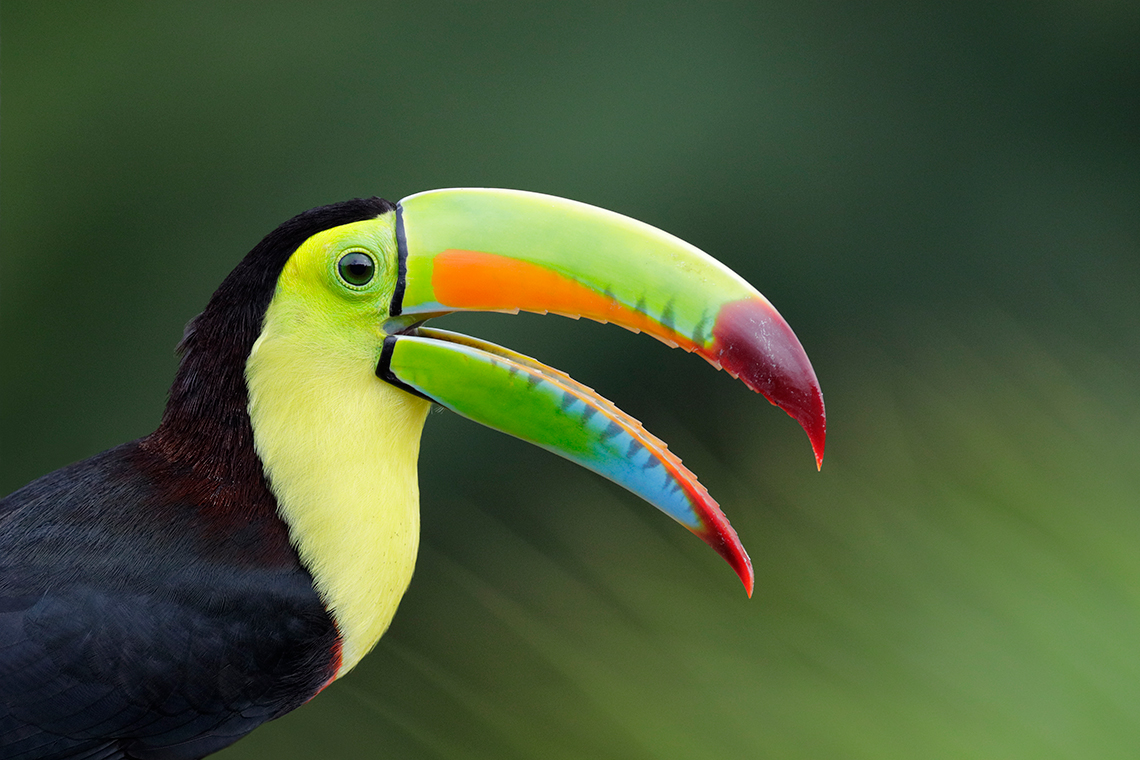
Reflection
As you read through these descriptions, which sentence best describes how you are feeling about your understanding of this learning activity? Press the button that is beside this sentence.
I feel…
Now, record your ideas using a voice recorder, speech-to-text, or writing tool.
